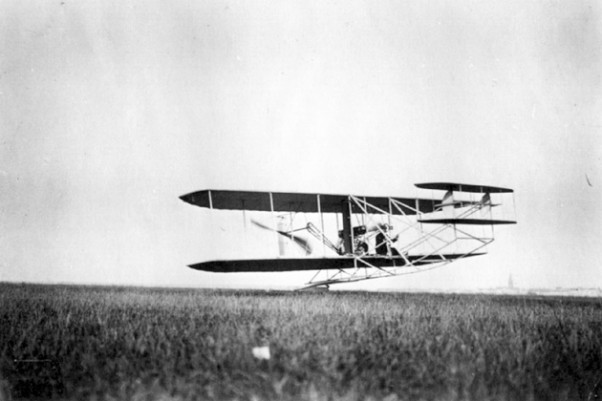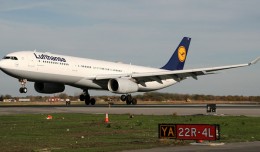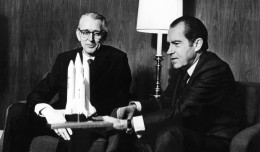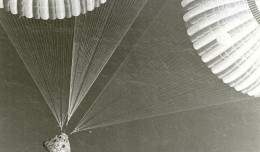2009: A privately-owned Piper PA-32 Cherokee Six (N71MC) collides with a Liberty Helicopter Eurocopter EC130 (N401LH) operating a sightseeing flight over the Hudson River, killing nine people. Though the accident would be blamed on the pilot of the plane, the accident would spur a complete redesign of the airspace over the river.
2007: Virgin America begins flights.
1989: Space Shuttle Columbia is launched on a classified Department of Defense mission, STS-28. Some experts believe two military communications satellites were deployed.
1946: The Convair B-36 makes its first flight. To this day, the six-engined bomber remains the largest piston-engined aircraft ever mass-produced. Its 230 ft wingspan is also the longest ever on a combat aircraft.
1934: James Ayling and Leonard Reid take off on what would become the first non-stop flight from Canada to England, completing the trip aboard their de Havilland DH.84 Dragon 30 hours and 50 minutes later.
1929: The Graf Zeppelin takes off from Lakehurst Naval Air Station, NJ on what would become the first successful round-the-world airship flight. The flight is sponsored by media baron William Randolph Hearst, who, infamous for his “stunt journalism” antics, puts a writer from one of his newspapers on board, making her the first woman ever to circumnavigate the globe by air. After 12 days of actual flight time and several stops along the way, the Zeppelin would return to Lakehurst from the west 21 days later.
1908: The Wright Flyer performs its first public flight demonstration at a horse track in Le Mans, France. In front of what had been a highly skeptical audience, Wilbur amazes the crowd by pulling off a number of turning maneuvers during the brief 1 minute, 45 second flight. Among the attendees is Louis Bleriot, who would go on to become a famous aviator in his own right as the first man to fly across the English Channel. The Wright Brothers become famous practically overnight following the demonstration.







